Research roundup: 11 things we learned this year
Illustrations by Liz Chagnon
Faculty in the College of Arts and Science are pursuing groundbreaking research and discovery across a wide range of fields. They advance scientific progress, artistic expression, and a deeper understanding of the world around us—its past, present, and future.
Here are a few things we’ve learned from our faculty this academic year:
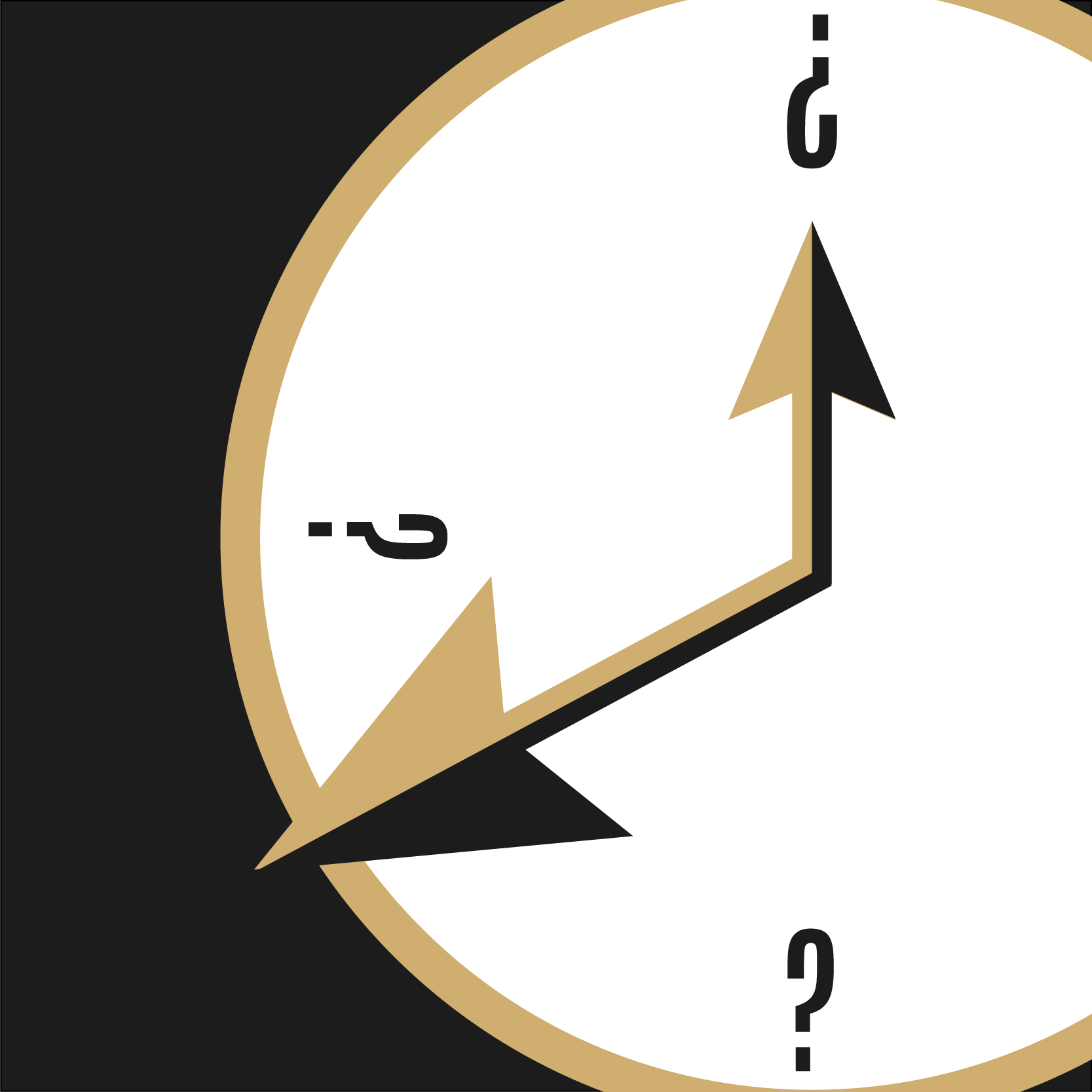
You may have traveled in time; you just don’t remember it.
Contrary to what popular movies portray, Lorenzo Gavassino (mathematics) suggests that a time traveler’s memory would be wiped clean as soon as they returned to the present, rendering the experience completely…forgettable.
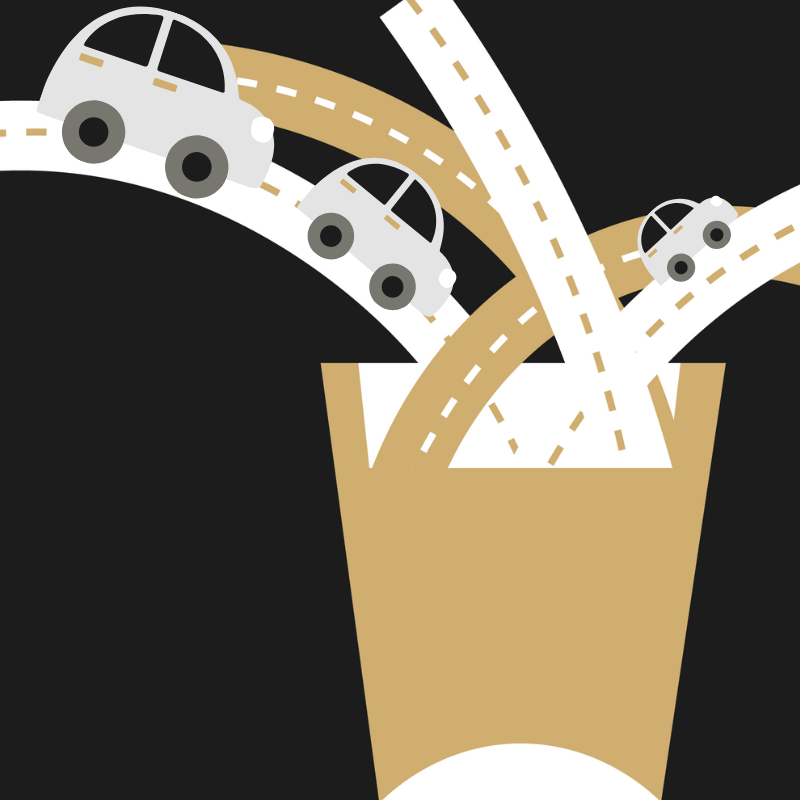
When faced with bumper-to-bumper traffic after a long workday, fast-food signs become more enticing.
Panka Bencsik (medicine, health, and society) revealed that when sitting in traffic during evening rush hour, people are more likely to choose fast-food options versus cooking a meal at home—which could have significant health impacts.

Sunlight really does affect our mood.
Sandy Rosenthal and Oleg Kovtun (chemistry) found that people experiencing depressed states were less active during the day, and people’s daytime activity increased with longer days and more sun exposure.
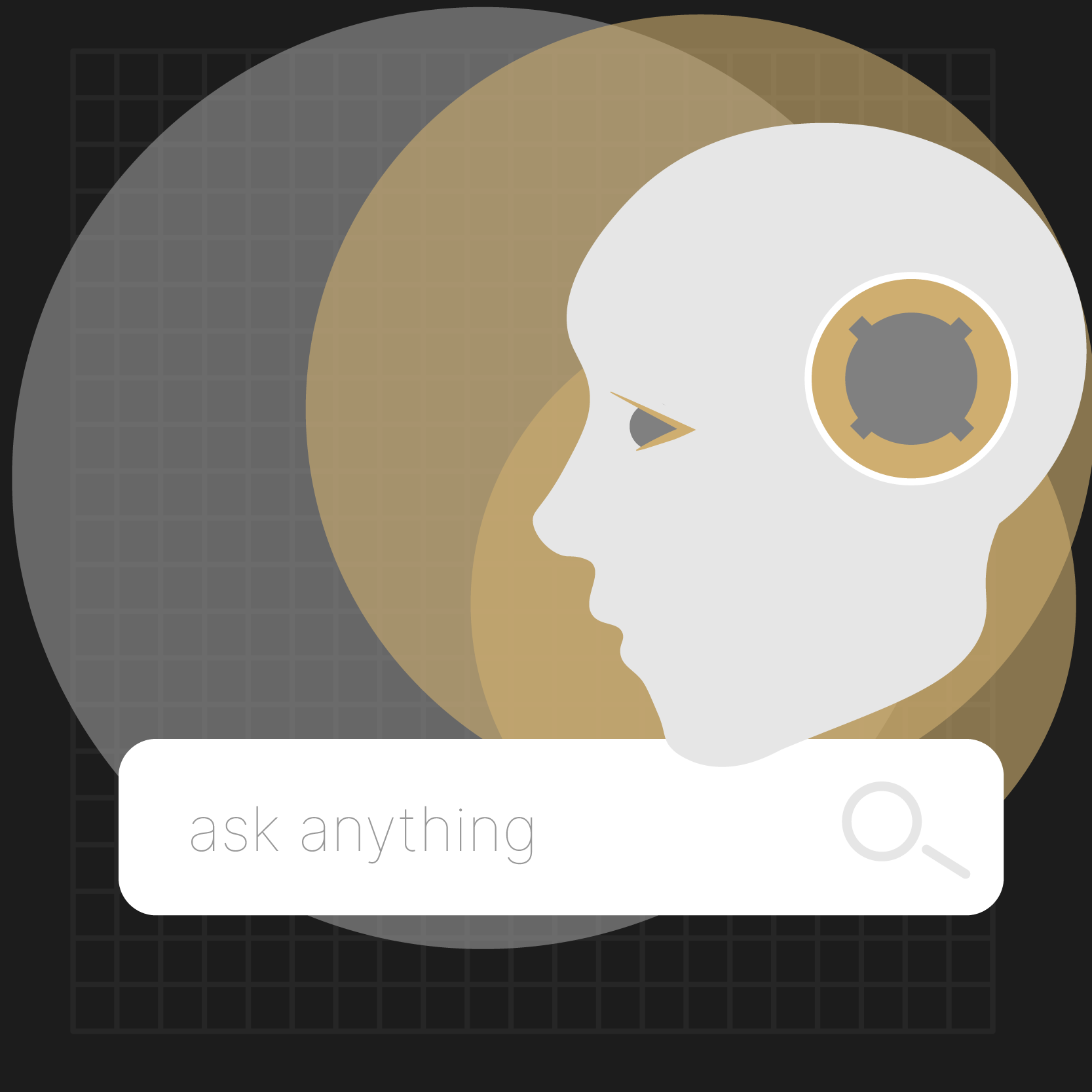
Generative AI has been adopted at a faster pace than PCs or the internet.
Adam Blandin’s (economics) first nationally representative survey on how workers are using generative AI revealed that the 39 percent of the U.S. population using the technology have adopted it faster than personal computers or the internet.
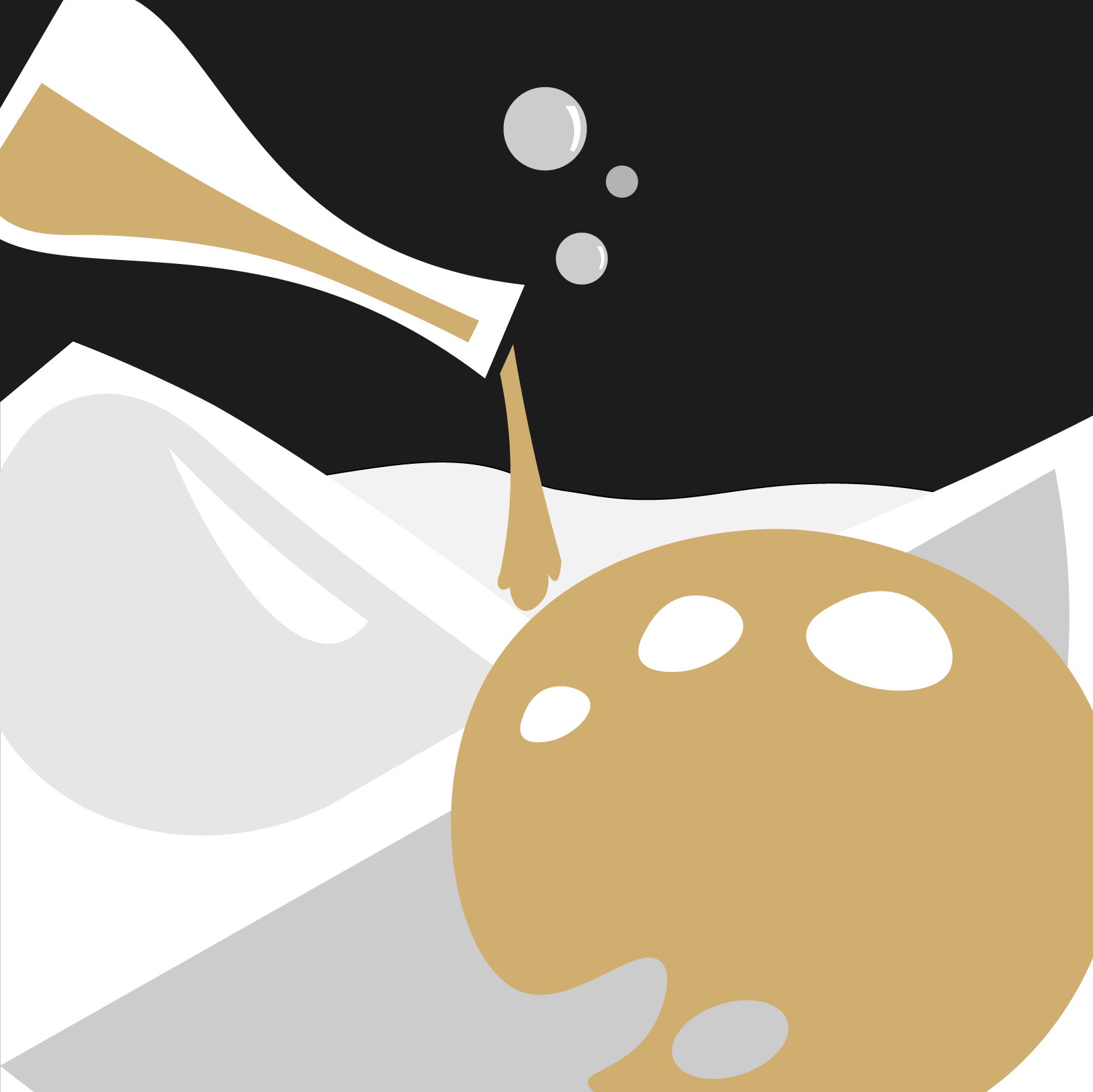
Scientists and artists can learn a lot from each other’s processes.
An art exhibit, co-curated by Jana Harper (art) and Lutz Koepnick (German, Russian, and East European studies) and featuring the work of Jessica Houston, reveals how artists can learn from how scientists hypothesize, and scientists can learn from artists’ out-of-the-box questioning.
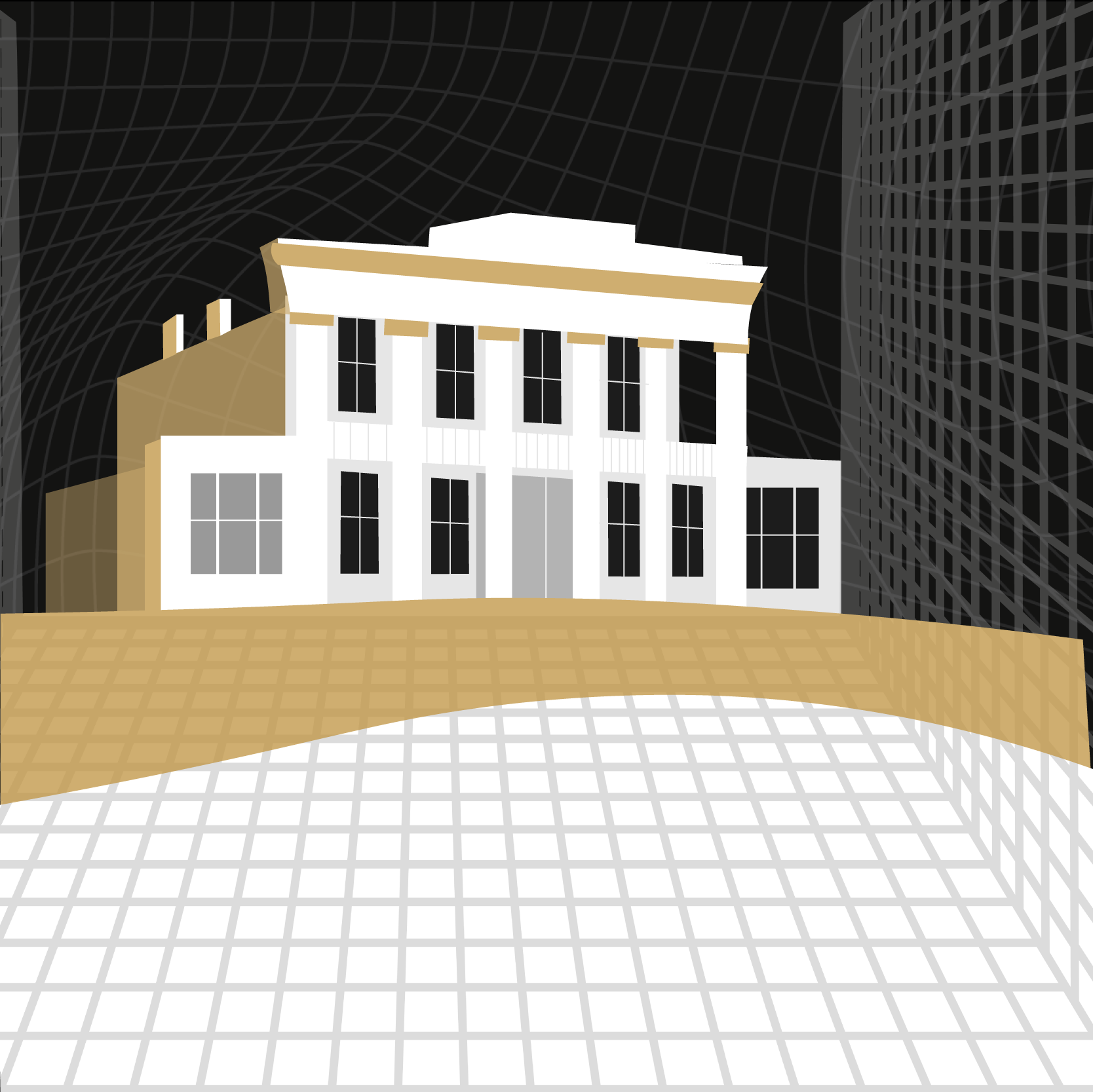
There is a cemetery near the Hermitage for people who were enslaved by President Andrew Jackson.
The Vanderbilt Institute for Spatial Research, directed by Steve Wernke (anthropology), confirmed what they had seen on a historical map: a previously undiscovered cemetery where an estimated 28 bodies of enslaved individuals who lived on the property during the Jacksonian era are interred.

Even trees want you to turn off the lights at night.
Lin Meng (Earth and environmental sciences) found that artificial light at night has a significant impact on the life cycle of trees, at a magnitude comparable to climate change.
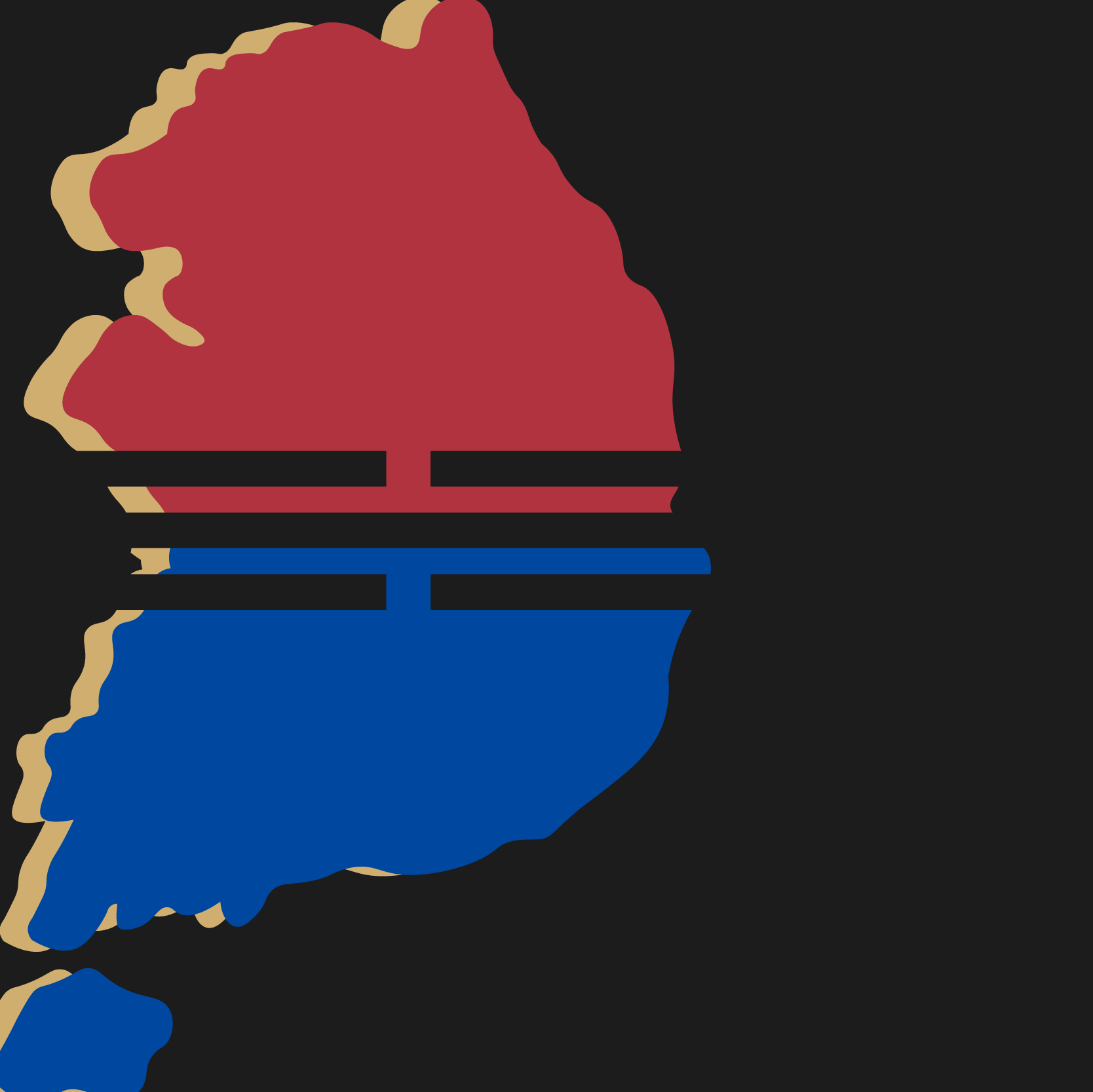
Postcolonial South Korea was fraught with tensions and conflicts.
The common narrative is that South Korea was a peaceful, free, capitalist democracy after the Korean War, but We Jung Yi (Asian studies) posits instead that the nation was divided and a cohort of citizens were vilified and dehumanized for being “pro-North” or “unpatriotic.”
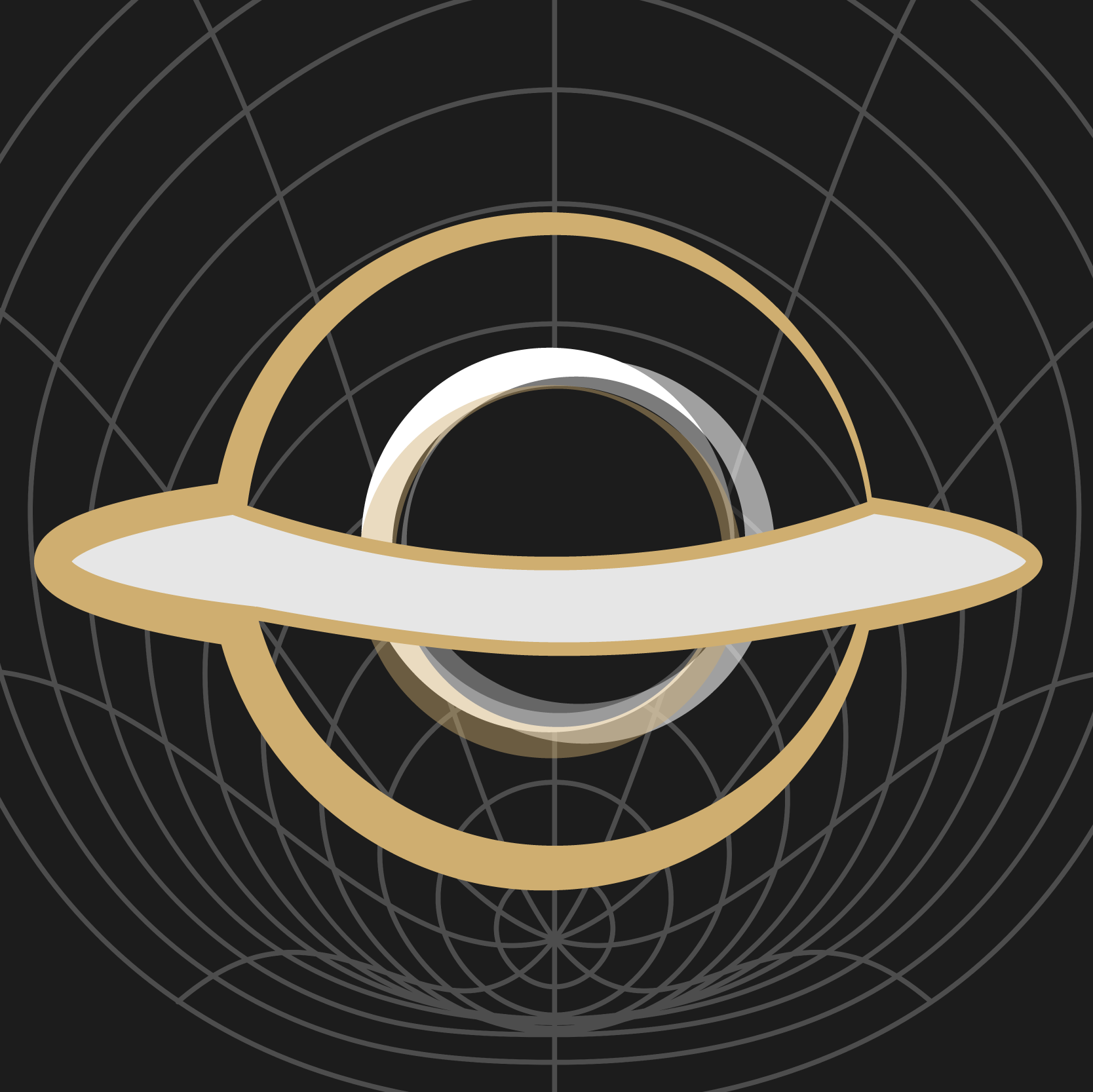
Intermediate-mass black holes are the rare ‘missing links’ in black hole evolution.
In four new studies, Karan Jani’s (physics and astronomy) lab discovered new evidence of intermediate-mass black holes—those between 100 and thousands of times the size of the sun—and how artificial intelligence can aid in their detection.

Our cells operate like a mail delivery service.
For our brains to remain healthy, all human cells require a UPS-like system of hubs and transportation to move proteins—Lauren Jackson and Mintu Chandra (biological sciences) have uncovered how those proteins interact with one another and how those interactions may cause brain disease.
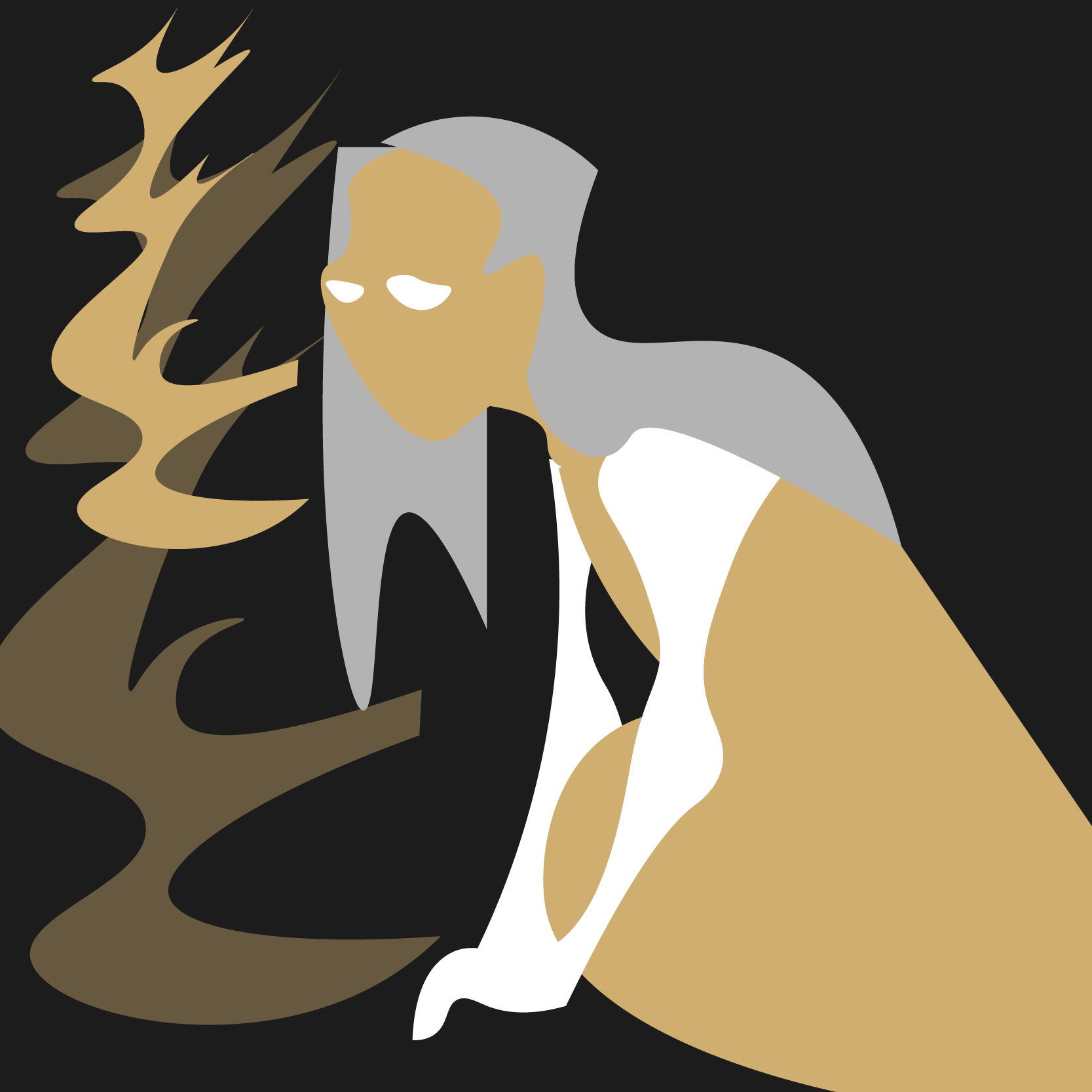
Don’t be greedy, or you’ll come back as a hungry ghost.
Adeana McNicholl (religious studies) explores the origins of Chinese “hungry ghosts”—beings tormented by insatiable hunger and thirst in the afterlife—and the moral of giving generously to your community to avoid this fate.
